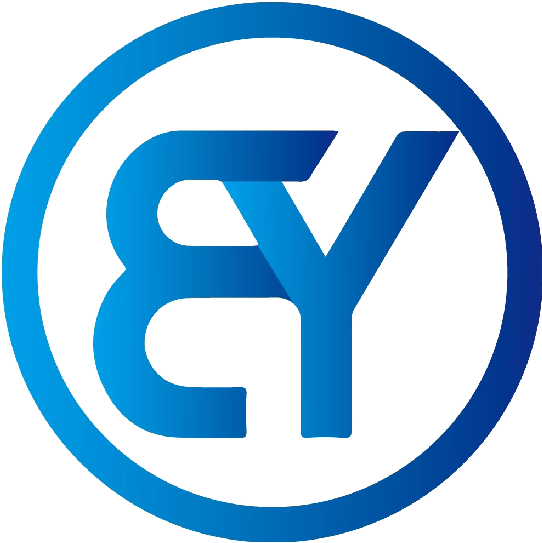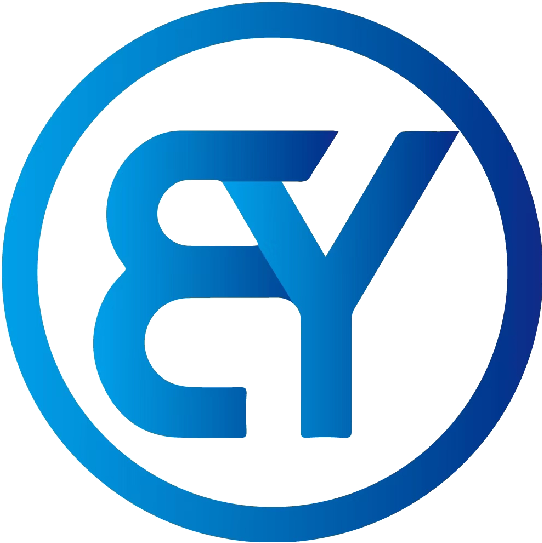How to Choose the Best Copper Pipe for Your Project
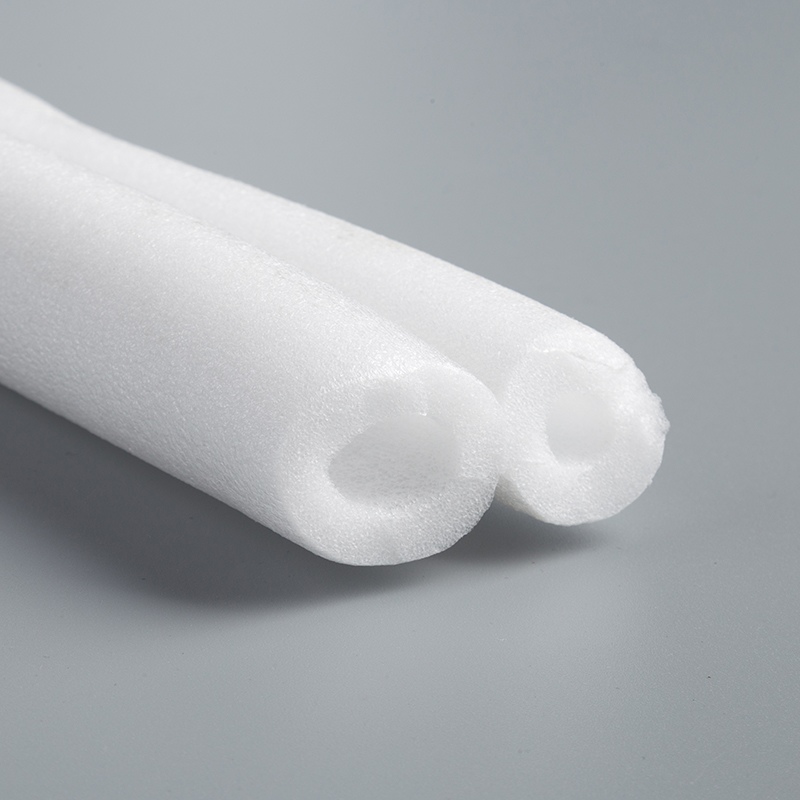
When working on plumbing or DIY projects, picking the right pipes is important. Copper pipes are strong and useful, but not all types work everywhere. Think about what your project needs—inside or outside use, your budget, and how good you are at installing. Fun fact: Over 28 billion feet of copper pipes have been used in U.S. buildings since 1963. That’s enough to circle the earth 200 times! Choosing the right pipes helps your plumbing work well and last a long time.
Key Takeaways
Pick the right copper pipe for your project. Type K works underground, Type L is good indoors and outdoors, and Type M is cheaper for small jobs.
Think about the pipe's size and thickness. Thick pipes handle strong pressure, while thin pipes work for low-pressure tasks like drains.
Plan your budget for pipe fittings. Look at options like push-fit or press fittings to find what’s affordable and easy to use.
Take care of copper pipes to make them last longer. Check for leaks, clean them, and insulate in cold places to stop freezing.
If you’re unsure about installing pipes, hire a pro. They make sure connections are safe and follow building rules.
Types of Copper Pipes
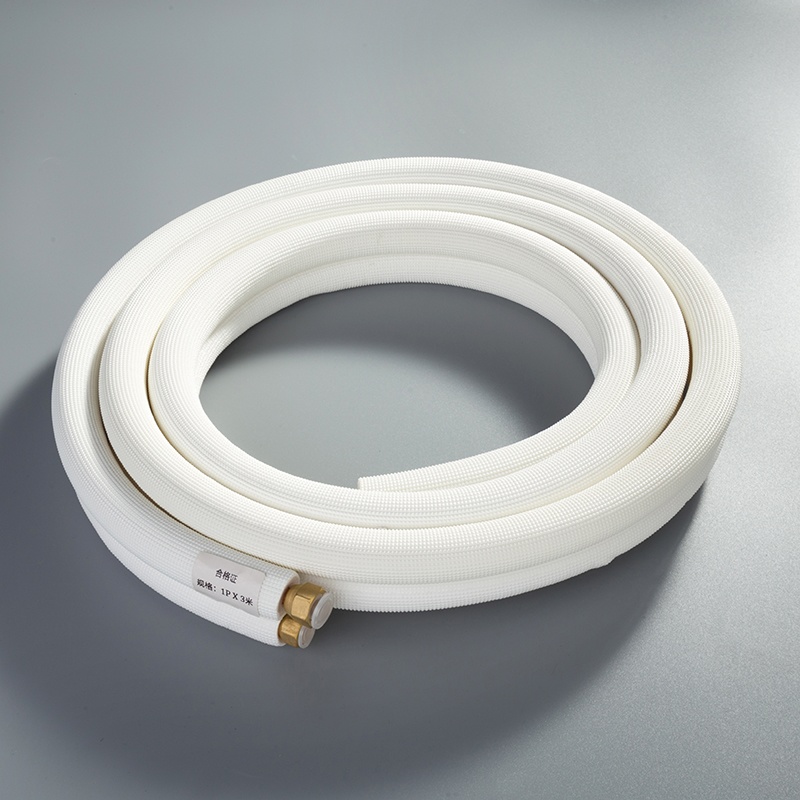
Copper pipes come in different types for various uses. Each type has special features for specific jobs. Let’s explore the most common ones and what makes them unique.
Type K Copper Pipe: Strong and Long-Lasting
Type K copper pipe is the strongest option. It has the thickest walls, making it very durable. This pipe is great for underground use. It handles pressure well and resists rust. You’ll often find it in water mains and high-pressure systems.
Here’s a quick overview of Type K copper pipes:
Specification Type | Details |
|---|---|
Material Composition | Made of 99.90% pure copper with 0.015-0.040% phosphorus. |
Tube Wall Thickness | Sizes range from 5 mm to 15.9 mm; 5 mm tube walls are 0.20 mm to 0.23 mm thick. |
Mechanical Properties | Yield strength depends on temper; annealed copper is over 120 MPa (16 ksi). |
Type K pipes work with many fittings, like compression and press fittings. They create secure connections. However, they cost more, so they may not suit tight budgets.
Tip: For underground piping, choose Type K copper pipes. They last long and are very reliable.
Type L Copper Pipe: Flexible and Dependable
Type L copper pipes are strong yet flexible. They have medium-thick walls, balancing durability and easy handling.
Here’s why people like Type L copper pipes:
They’re good for homes and businesses.
You can use them indoors or outdoors, like for drinking water or fire sprinklers.
Their medium walls hold up well against wear and tear.
These pipes fit with many fittings, such as compression and push-fit fittings. Installation is simple, whether you’re doing it yourself or hiring help. Type L pipes are a solid choice for most plumbing tasks.
Did you know? Type L copper pipes are great for heating systems because they conduct heat well.
Type M Copper Pipe: Affordable for Light Jobs
Type M copper pipes are the cheapest option. They have thinner walls, which lowers the cost. These pipes work well for low-pressure jobs, like home water lines or drains.
While Type M pipes save money, they’re less durable. Avoid using them in high-pressure or harsh environments. Still, they fit standard fittings, like compression and press fittings, for leak-free connections.
Note: Use Type M copper pipes for indoor plumbing when saving money is key.
DWV Copper Pipe: Made for Drainage Systems
DWV copper pipes are made for drainage, waste, and vent systems. If your project involves moving wastewater or venting air, use these pipes. They are not made for high pressure but work well for carrying waste and air out of buildings.
A key feature of DWV pipes is their light weight. This makes them easy to carry and install, even in small spaces. For example, in tall buildings with limited room, DWV pipes fit well without losing efficiency. Their smaller size compared to other pipes helps them fit where bigger pipes cannot. Strong soldered joints also make the system durable and leak-free.
Another benefit of DWV pipes is prefabrication. You can prepare pipe sections ahead of time. This saves effort and cuts down on labor costs. It’s especially useful in tough conditions, like bad weather or remote areas. Prefabrication reduces mistakes during setup, making the system more reliable.
Here’s why DWV copper pipes are great for drainage:
Lightweight and simple to install: Ideal for tight spaces and tall buildings.
Strong connections: Soldered joints last a long time.
Prefabrication-ready: Saves time and lowers costs during setup.
Pro Tip: Always follow local building rules when using DWV pipes. Some places have special rules for drainage systems.
DWV copper pipes are very effective but not for every job. They can’t handle high pressure, so don’t use them for water supply lines. But for drainage and venting, they are one of the best pipe options available.
Pros and Cons of Copper Pipes
Choosing the right pipe for plumbing means knowing the good and bad. Let’s look at the pros and cons of copper pipes to help you decide.
Advantages of Copper Pipe Materials
Copper pipes have many benefits that make them a top choice. Here’s why they are popular:
Durability: They last over 50 years, making them very reliable.
Corrosion Resistance: They don’t rust easily, keeping water clean.
Eco-Friendly: Copper is fully recyclable, which helps the environment.
Water Quality: Copper stops bacteria from growing, keeping water safe. Studies show over 99% of bacteria die in copper pipes within five hours.
Versatility: They work for both hot and cold water and handle extreme heat or cold.
Here’s a simple table comparing the pros and cons:
Advantages of Copper Piping | Limitations of Copper Piping |
|---|---|
Lasts over 50 years | Costs more than PVC or PEX |
Resists rust in normal conditions | Can corrode in acidic or alkaline water |
Fully recyclable and eco-friendly | May give water a metallic taste |
Fewer replacements needed, saving resources | Needs special tools and skills to install |
Keeps water clean and saves it |
Fun Fact: You can set copper pipes in concrete, unlike CPVC pipes.
Disadvantages of Copper Pipe Materials
Even with many strengths, copper pipes have some downsides. Here are a few to think about:
Cost: They cost more upfront than PVC or PEX, but they last longer.
Installation Requirements: Installing them needs special tools and skills. You might need a professional.
Corrosion in Certain Conditions: Acidic or alkaline water can cause corrosion over time.
Water Quality Concerns: Some people notice a metallic taste in water, especially in older systems.
Oxidized Stress Cracking (OSC): Hot water systems with mixed materials can cause cracks due to copper ion exchange.
Note: Test your water for acidity before using copper pipes to avoid corrosion problems.
By knowing these pros and cons, you can decide if copper pipes suit your project. They are durable and reliable but may need a bigger budget and expert installation.
Key Factors for Picking the Right Pipe
When choosing copper pipes, think about what your project needs. This helps your plumbing work well and last longer. Let’s look at the main points to consider.
Where Will You Use It: Indoors or Outdoors?
First, decide if the pipe is for inside or outside use. Different copper pipes are made for specific jobs. For example, strong pipes like Type K are great for outdoor or underground work. They handle high pressure and resist damage. Lighter pipes like Type L or M are better for indoor tasks, like water lines or HVAC systems.
Here’s a simple comparison:
Feature | Copper Pipes | Copper Tubes |
|---|---|---|
Durability | Thick walls make them tough for outdoor use. | Thin walls but still resist rust, good for indoors. |
Best Use | High-pressure jobs like city water lines. | Flexible setups like cooling systems. |
For DIY indoor projects, Type L or M pipes are easier to manage. For outdoor work in tough conditions, pick Type K for its strength.
Tip: Check local rules to make sure your pipe choice is allowed.
Pipe Size and Thickness: What Fits Your Needs?
The size and thickness of the pipe are very important. Size controls how much water flows, and thickness affects how much pressure it can take. Thick pipes are best for high-pressure systems. Thin pipes work for low-pressure jobs like drains.
Keep these standards in mind:
ANSI/ASME B36.10 ensures pipes fit with other parts.
Thicker walls are better for high pressure; thinner ones suit light tasks.
Follow updated ASTM/ASME rules to avoid mistakes.
Measure your water flow and pressure needs before picking a pipe. For example, a ¾-inch pipe works for homes, but bigger pipes are needed for businesses.
Note: Using the wrong size or thickness can cause leaks or system failure. Plan carefully.
Temperature and Pressure: Can the Pipe Handle It?
Temperature and pressure affect how well copper pipes perform. High heat or pressure can damage pipes over time. For instance, water moving too fast can wear out the pipe.
Key things to know:
Water flow over 2 m/s can cause pipe damage.
Copper pipes are rougher than steel, so they wear faster.
Bigger pipes handle less pressure, so avoid them for fast water flow.
For extreme conditions, pick pipes that can handle the stress. Adding insulation helps protect pipes from temperature changes. It also saves energy and prevents freezing in cold weather.
Pro Tip: Insulating pipes makes them last longer and lowers energy costs.
By thinking about where you’ll use the pipe, its size, and the environment, you can pick the right one. Whether you’re doing a DIY project or hiring help, these tips will guide you to the best choice.
Budget Considerations for Copper Pipe Fittings
Planning your project means thinking about your budget. It helps you pick the right copper pipe fittings. These fittings join pipes tightly to stop leaks. Not all fittings cost the same, so compare options carefully.
Here are key points to consider for budgeting:
Type of Fittings:
Copper fittings come in types like push fit and press fittings. Push fit fittings are easy to install and great for DIY jobs. But they cost more. Press fittings need special tools but are cheaper for big projects.Project Size:
Bigger projects need more fittings. For small fixes, spending extra on good fittings makes sense. For large setups, balance cost and quality.Material Costs:
Copper is strong but costs more than PVC. If money is tight, use thinner copper pipes (like Type M) with matching fittings to save.Labor Costs:
Hiring a pro adds labor costs. Press fittings need special tools and skills, raising costs. Push fit fittings cost more upfront but save on labor since they’re simple to install.
Tip: Buy extra fittings. Mistakes happen, and spares save time and trips.
Plan ahead and compare choices to stay within budget without losing quality.
Installation Expertise: DIY vs. Professional Help
Installing copper pipes can be done yourself or by a pro. The best choice depends on your skills, tools, and project difficulty.
DIY Installation
DIY saves money if you know basic plumbing. Push fit fittings are easy for beginners. They don’t need soldering or special tools, making them great for small jobs.
Why DIY might work:
Save Money: No labor costs.
Work Anytime: Set your own schedule.
Learn Skills: Gain new knowledge.
DIY has challenges too. Without tools or experience, leaks can happen. Press fittings need a press tool, which costs extra to rent or buy.
Professional Help
For big or tricky projects, hiring a pro is safer. Pros know how to handle tough tasks, like high-pressure systems or tight spaces.
Why hiring a pro helps:
Better Quality: Secure and aligned connections.
Faster Work: Pros finish quicker than DIYers.
Less Stress: No worries about mistakes or rules.
Pro Tip: Start small if unsure about DIY. For high-pressure or critical systems, hire a pro.
Understand the tools and methods before starting. A well-done job saves time and money later.
Tips for Installation and Maintenance
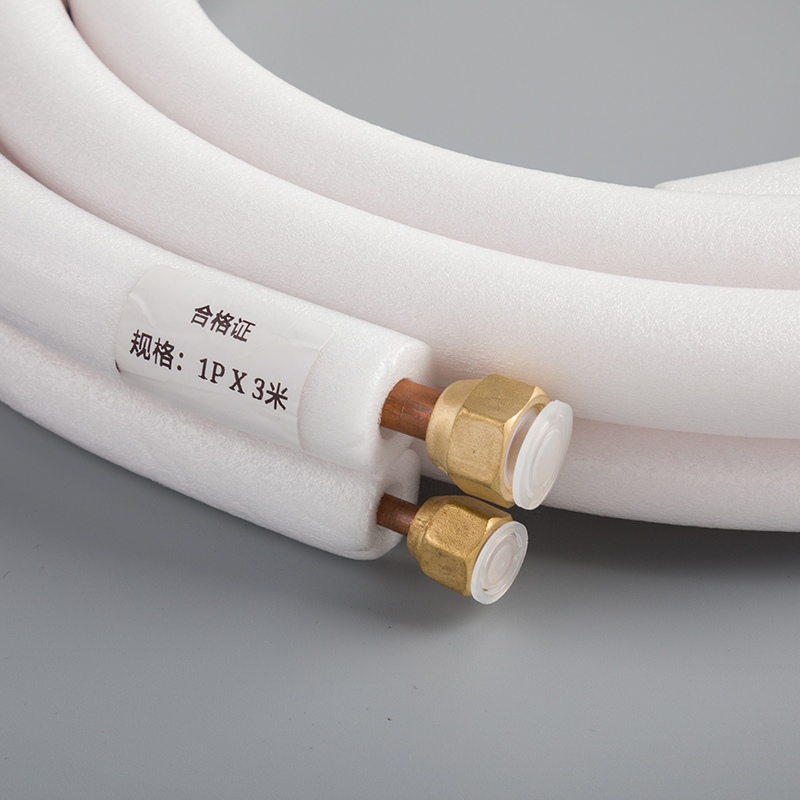
Essential Tools for Copper Pipe Installation
Using the right tools makes installing copper pipes easier. It helps you work precisely and avoid leaks. Here’s a simple table of tools and their uses:
Tool/Technique | Description |
|---|---|
Pipe Cutter | Cuts pipes neatly. Avoid hacksaws to stop rough edges. |
Adjustable Wrench | Tightens or loosens pipe connections. |
Soldering Kit | Includes torch, solder, and flux for strong joints. |
Deburring Tool or File | Smooths sharp edges after cutting for better fitting. |
Measuring Tape or Ruler | Helps make accurate cuts and connections. |
Pipe Bender (Optional) | Bends pipes smoothly without causing kinks. |
Level | Aligns pipes to prevent leaks. |
Copper Pipe Fittings | Connects pipes securely. |
Thread Sealant or PTFE Tape | Stops leaks at threaded connections. |
Before starting, clear your workspace and wear safety gear. Follow tool instructions to avoid mistakes and ensure safety.
Tip: Use a pipe cutter for clean cuts. It’s faster and works better than a hacksaw.
Best Practices for Installing Copper Pipe Fittings
Installing fittings properly ensures your plumbing lasts longer without leaks. Follow these tips for success:
Pick fittings that match your pipe size and type.
Think about temperature and pressure needs. Use press fittings for high-pressure systems.
Use corrosion-resistant fittings in damp or harsh areas.
Buy quality fittings from trusted brands. They cost more but last longer.
If you’re new, try push fit fittings. They’re easy to install and don’t need soldering.
Pro Tip: Check all connections before turning on water. This avoids costly repairs later.
Maintenance Tips to Extend Copper Pipe Lifespan
Taking care of your copper pipes keeps them working well for years. Here’s how to maintain them:
Hire a pro for installation. They follow rules and prevent leaks.
Check pipes often for leaks, rust, or damage.
Clean pipes to stop clogs and pressure buildup.
Insulate pipes in cold areas to avoid freezing and cracks.
Watch water pressure. High pressure can damage pipes.
Fix leaks quickly. Small leaks can cause big problems later.
By following these tips, your plumbing will stay reliable and efficient.
Note: Regular maintenance saves money and keeps your pipes in great condition.
Picking the right pipe, especially copper, is very important. Knowing the types and uses of copper pipes helps your plumbing work well. Copper pipes are strong, resist rust, and last a long time. However, they can be costly and need skilled installation. Here’s a simple look at their good and bad points:
Advantage/Disadvantage | Description |
|---|---|
Rust-Resistant | Copper doesn’t rust and works well underground. |
Handles Temperature | It works with both hot and cold water easily. |
Long-Lasting | With care, copper pipes can last for many years. |
Stops Germs | Copper kills germs, keeping water clean. |
Eco-Friendly | Copper can be recycled, helping the environment. |
Expensive | Copper costs more than plastic pipes. |
Needs Skill to Install | Soldering is often required, needing an expert. |
May Leak Over Time | Tiny leaks can appear and need fixing later. |
Think about your project, budget, and skills before choosing pipes. If unsure, ask a pro for advice. This can save you trouble and money later.
FAQ
What’s the difference between Type K, L, and M copper pipes?
Type K pipes are the strongest with thick walls. Type L pipes are medium-thick, offering strength and flexibility. Type M pipes have thin walls, making them cheaper but less sturdy. Pick based on how much pressure and durability your project needs.
Can I use copper pipes for outdoor plumbing?
Yes, you can use Type K or Type L pipes outdoors. They can handle high pressure and temperature changes. Adding insulation helps protect them from freezing in cold weather.
Are copper pipes safe for drinking water?
Yes! Copper pipes don’t rust and stop bacteria from growing. This keeps your water clean and safe. Test your water for acidity to avoid corrosion over time.
Do I need special tools to install copper pipes?
Yes, tools like a pipe cutter, soldering kit, and deburring tool are needed. Push-fit fittings are easier to use and don’t need soldering. For big projects, hiring a pro can save time and effort.
How do I maintain copper pipes to make them last longer?
Check pipes often for leaks or rust. Clean them to stop clogs, and insulate them in cold areas to prevent freezing. Fix small problems quickly to avoid bigger issues later.
Tip: Taking care of your pipes can help them last for decades!
See Also
5 Key Factors for Selecting Copper Pipe Diameter Effectively
Find Top Copper Pipe Fittings for Your Plumbing Needs
Comprehensive Guide to Buying Copper Pipe Coils Wisely
Complete Guide to Different Copper Pipe Types and Soldering
Essential Tips for Purchasing Copper Pipe Coils Successfully
